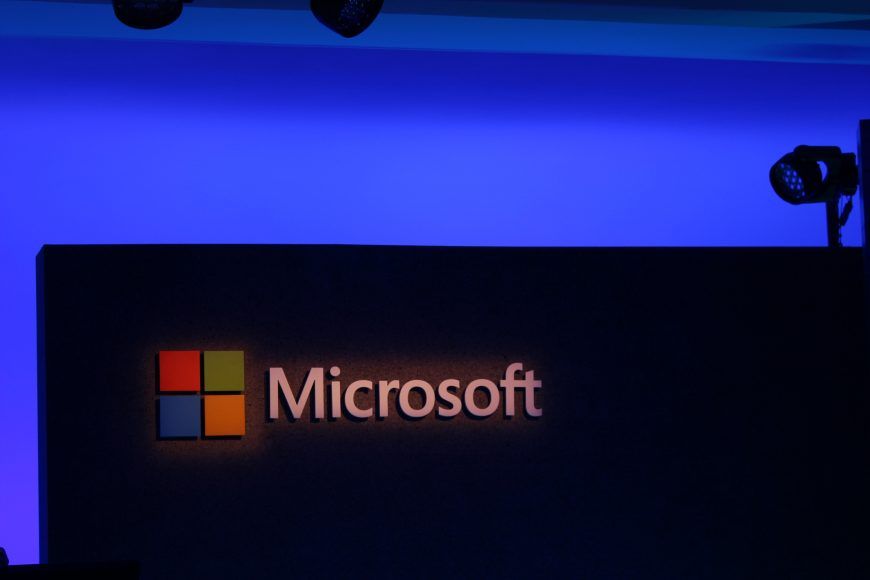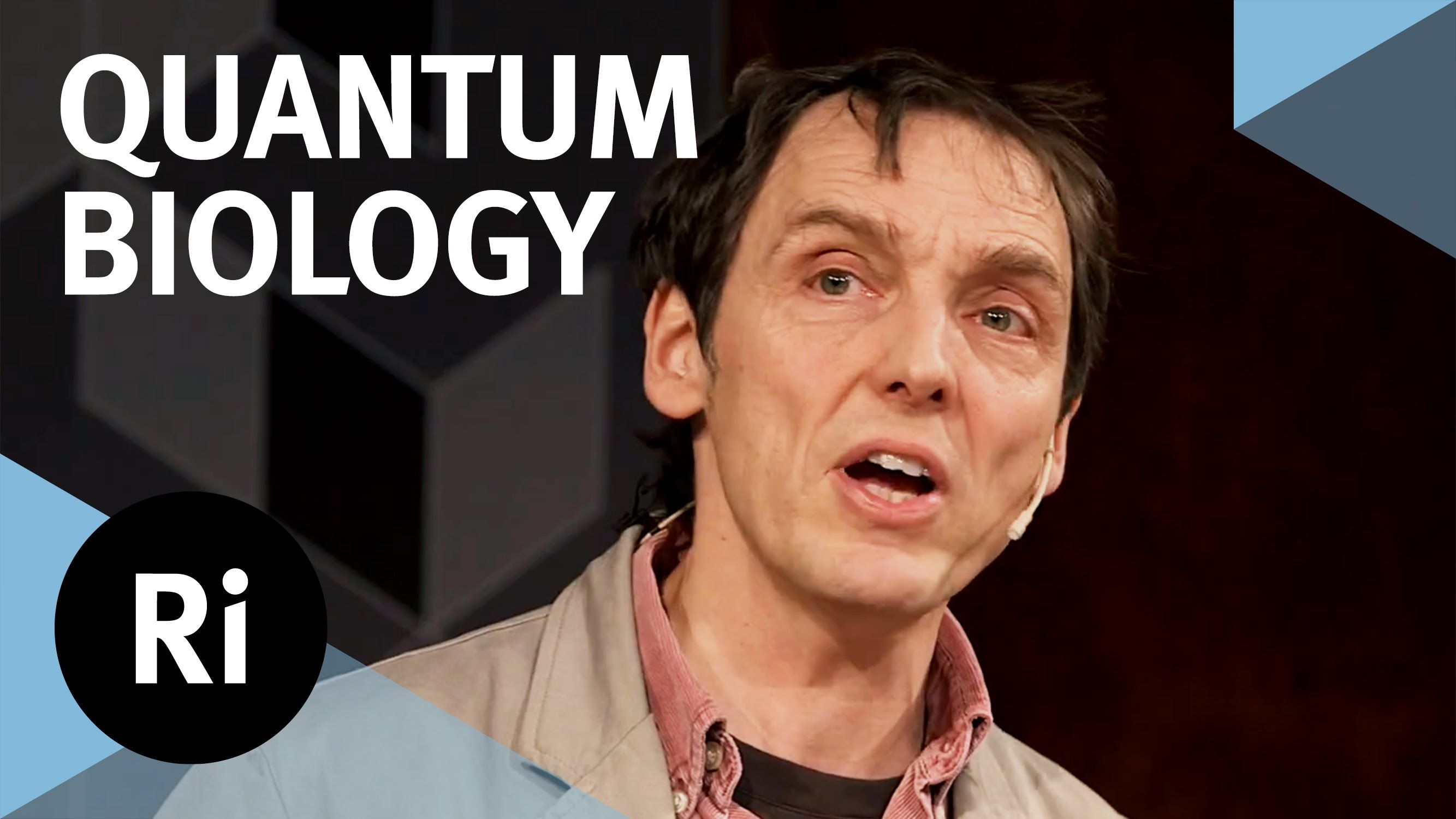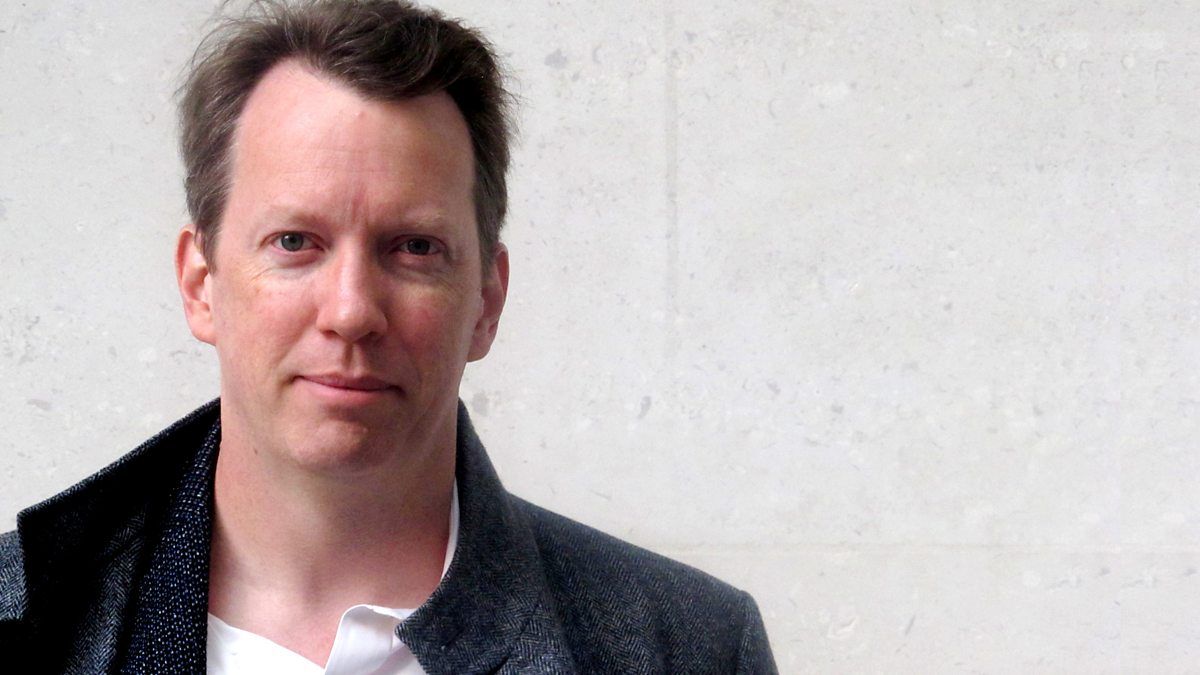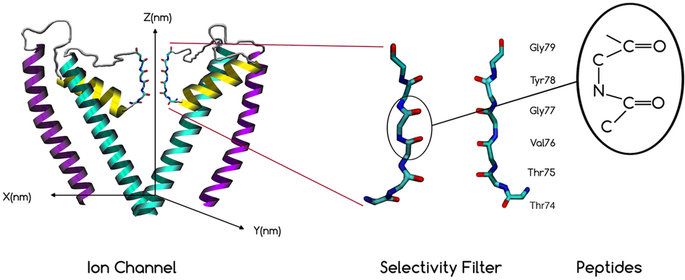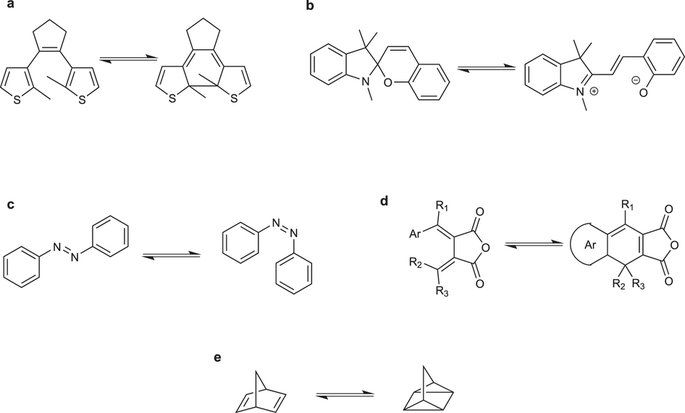Feb 8, 2017
Large groups of photons on demand — an equivalent of photonic ‘integrated circuit’
Posted by Karen Hurst in categories: computing, quantum physics
Our story on QC just keeps advancing as I cannot wait to see this technology on our smart devices.
Holographic atomic memory, invented and constructed by physicists from the Faculty of Physics at the University of Warsaw, is the first device able to generate single photons on demand in groups of several dozen or more. The device, successfully demonstrated in practice, overcomes one of the fundamental obstacles towards the construction of some type of quantum computer.
Completely secure, high-speed quantum communication, or even a model of quantum computer, may be among the possible applications for the new source of single photons recently built at the Faculty of Physics at the University of Warsaw (UW Physics), Poland. An unprecedented feature of this new device is that for the first time it enables the on-demand production of a precisely controlled group of photons, as opposed to just a single one.

